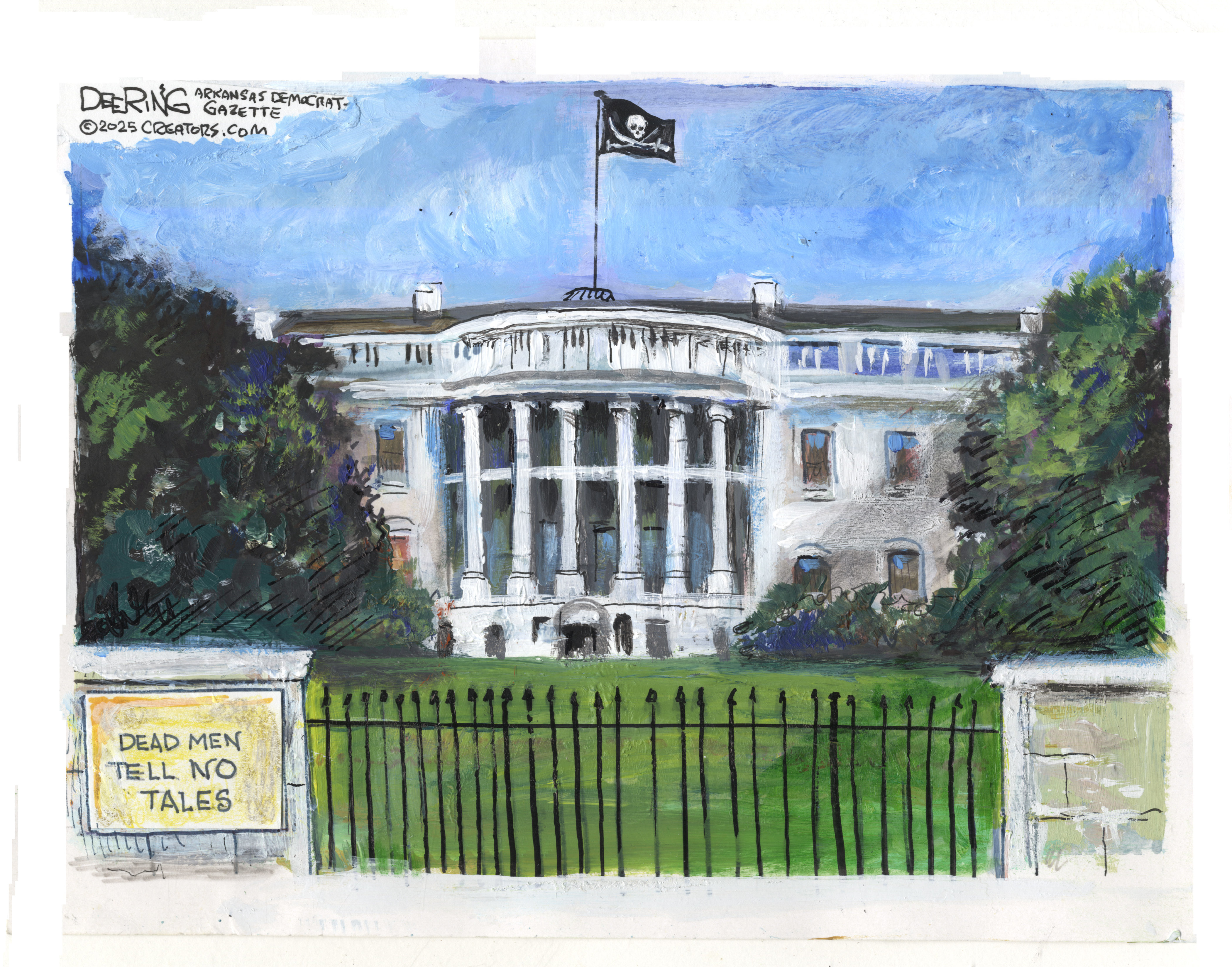Exhibit of the week: The new ‘Americas’ wing at MFA Boston
The new, four-story Americas wing at Boston’s Museum of Fine Arts is arranged chronologically from pre-Columbian to modern times.
A permanent exhibition
Boston’s Museum of Fine Arts has pulled off a coup, said Holland Cotter in The New York Times. Its shiny new Americas wing is a “startling, stimulating, and beautiful” tribute to the idea that American art isn’t limited to stuff made by European immigrants. Instead of ghettoizing Native and Latin American works in side galleries—the way it’s done everywhere else—the four-story addition’s 53 rooms are arranged strictly by chronology, from pre-Columbian to modern, letting some 5,000 disparate objects fall where they may. This egalitarian approach yields “intriguing” results. “Boston homeboys like Paul Revere begin to look unexpectedly cosmopolitan” compared with more isolated contemporaries. “Sophisticated civilizations like Olmec and Maya break free of the ‘primitive’ slot.”
Too bad not every culture and era is represented by its best stuff, said The Economist. Next to the MFA’s “unrivaled collection of Mayan painted pottery,” for example, the Native American holdings look paltry. Ditto French and Spanish colonial artifacts. In their “misconceived” quest to be encyclopedic, the curators have unwittingly highlighted holes in the collection. Boston’s raging inferiority complex has apparently struck again, said Greg Cook in The Boston Phoenix. Ever since “colonists looked to London for style cues,” Bostonians’ greatest fear has been appearing “provincial,” so stressing the collection’s breadth is the museum’s bid to be thought of as world-class. But the result is that stellar local work has been passed over for lesser alternatives. “Edward Hopper, a New Yorker who long summered on Cape Cod, is represented by his New York scenes but none of his watercolors of Gloucester or Maine.” More troubling, “except for a single György Kepes image, the MFA skips the most internationally celebrated contribution Boston made to art of the past century: photography.”
The Week
Escape your echo chamber. Get the facts behind the news, plus analysis from multiple perspectives.

Sign up for The Week's Free Newsletters
From our morning news briefing to a weekly Good News Newsletter, get the best of The Week delivered directly to your inbox.
From our morning news briefing to a weekly Good News Newsletter, get the best of The Week delivered directly to your inbox.
Has the museum “bitten off more than it can chew?” asked Sebastian Smee in The Boston Globe. “Way more.” Are there glaring gaps? Indeed. Are most of the modern-era works “blowsy and third-rate”? Yes, again. “In truth, the MFA simply does not have the holdings to present anything like a coherent and persuasive overview of so much art from so many cultures.” And yet such criticisms miss the point. A collection has to start somewhere. Ambition is a beautiful thing—philosophically, but also practically: “If there is no gallery dedicated to the display of, for instance, Native American art, the museum stands little chance of attracting gifts in this area.” This is a collection-in-progress. Even so, what’s already displayed represents a “remarkable achievement.”
A free daily email with the biggest news stories of the day – and the best features from TheWeek.com
-
 Political cartoons for December 14
Political cartoons for December 14Cartoons Sunday's political cartoons include a new White House flag, Venezuela negotiations, and more
-
 Heavenly spectacle in the wilds of Canada
Heavenly spectacle in the wilds of CanadaThe Week Recommends ‘Mind-bending’ outpost for spotting animals – and the northern lights
-
 Facial recognition: a revolution in policing
Facial recognition: a revolution in policingTalking Point All 43 police forces in England and Wales are set to be granted access, with those against calling for increasing safeguards on the technology